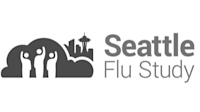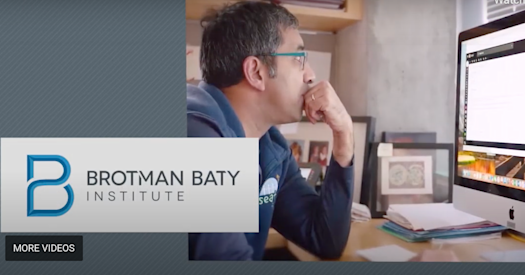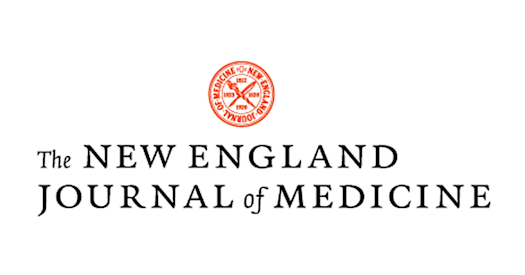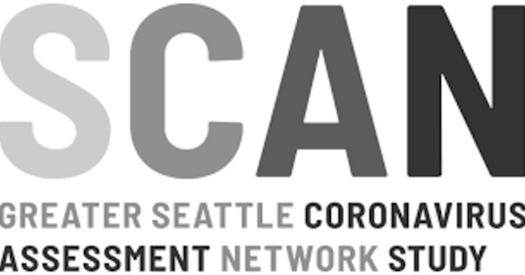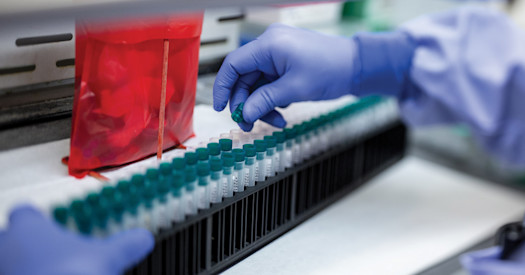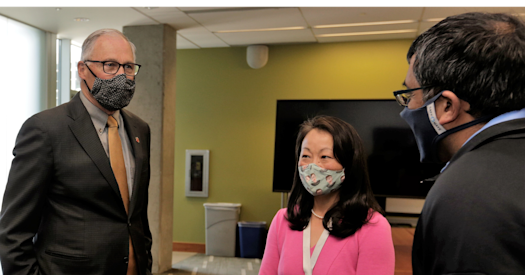Historic Landmark BBI Study: Seattle Flu Study
Launched In 2018 To Transform How Infectious Disease Outbreaks Are Detected, Monitored, And Controlled, With A Focus On Influenza Epidemics And Pandemics
Funded by Gates Ventures, the Seattle Flu Study was launched in the fall of 2018, with a mission of transforming how epidemic and pandemic outbreaks are detected, monitored, and controlled. In its first year, the Seattle Flu Study created the infrastructure to sample acute respiratory infections in the Seattle region through enhanced clinical and community surveillance, public recruitment programs, and rapid diagnostic tests.
In its second year, the Seattle Flu Study prototyped rapid, early interventions to address types of influenza outside of clinical settings. It also included the collection of community swabs via kiosks placed around the city, hospital residual samples, as well as provided test kits to families, and offered testing in homeless shelters, among other activities.
Prior to COVID-19, the Seattle Flu Study collected and processed more than 19,000 nasal swab samples, sequenced more than 2,300 influenza genomes, and developed and distributed 3,200 self-administered rapid-diagnostic tests to quantify transmission of influenza to the Seattle area.
As the COVID-19 pandemic began in early January 2020, the Seattle Flu Study team pivoted to detect and understand the spread of SARS-CoV-2 throughout the Seattle area. The Seattle Flu Study became one of the first research groups to conduct genome sequencing of the virus, which informed understanding of how COVID-19 was changing and spreading in the King County area. The Seattle Flu Study team analyzed approximately 9,420 SARS-CoV-2 (the virus that causes COVID-19) genomes from March 2020 to July 2022, and trained staff from the Public Health Laboratories of the Washington Department of Health in genomic sequencing of the virus.
For more information, please visit the Seattle Flu Study archive.
National News Coverage:
 ‘It’s Just Everywhere Already’: How Delays in Testing Set Back the U.S. Coronavirus Response
March 11, 2020
‘It’s Just Everywhere Already’: How Delays in Testing Set Back the U.S. Coronavirus Response
March 11, 2020
F.D.A. Halts Coronavirus Testing Program Backed by Bill Gates May 16, 2020

Seattle’s Leaders Let Scientists Take the Lead. New York’s Did Not.
May 4, 2020
Select Publications:
 SwabExpress: An end-to-end protocol for extraction-free covid-19 testing
SwabExpress: An end-to-end protocol for extraction-free covid-19 testing
Clinical Chemistry, hvab132, https://doi.org/10.1093/clinchem/hvab132 Published: 21 July 2021
 Cryptic transmission of SARS-CoV-2 in Washington state
Cryptic transmission of SARS-CoV-2 in Washington state
30 Oct 2020:Vol. 370, Issue 6516, pp. 571-575 DOI: 10.1126/science.abc0523
 Early Detection of Covid-19 through a Citywide Pandemic Surveillance Platform
Early Detection of Covid-19 through a Citywide Pandemic Surveillance Platform
July 9, 2020 N Engl J Med 2020; 383:185-187 DOI: 10.1056/NEJMc2008646
BMJ Open. 2020; 10(10): e037295. Published online 2020 Oct 7. doi: 10.1136/bmjopen-2020-037295
